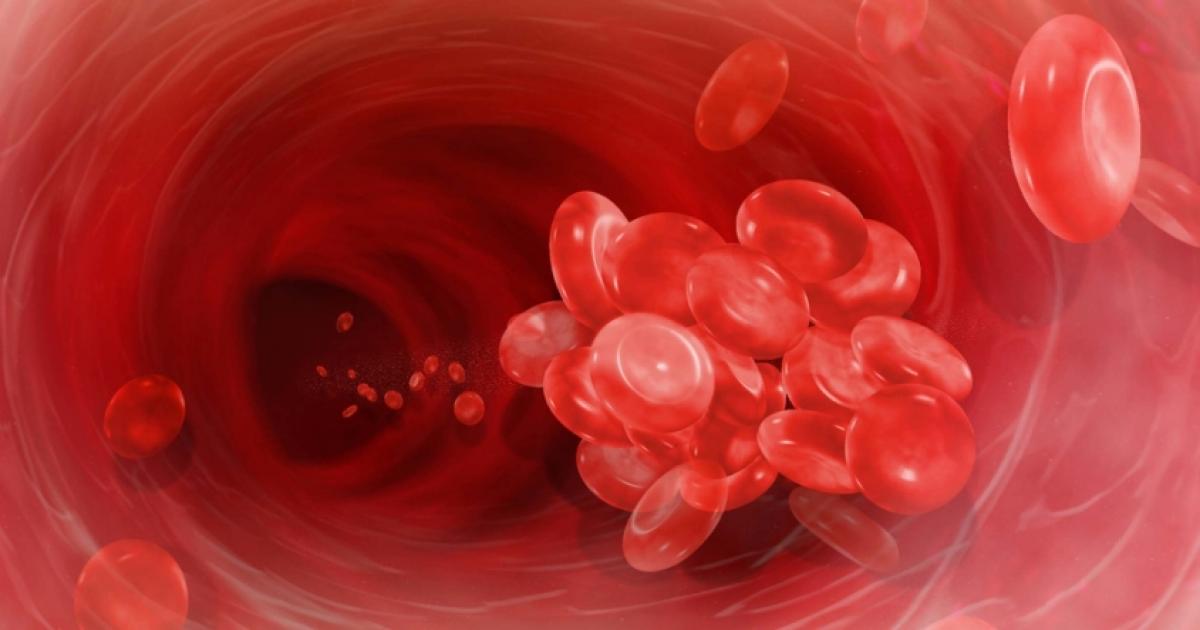Options For Treating Azotemia
Underlying Condition Treatment

In many cases of azotemia, there is an underlying condition causing it, and treating this underlying condition can make azotemia go away. This is especially the case with prerenal azotemia and postrenal azotemia, since they are both characterized by problems outside of the kidneys. Prerenal azotemia, which accounts for almost seventy percent of azotemia cases, is the one with the highest chance of being caused by an underlying condition.
Some of these conditions can be burns, heat exposure, heart failure, shock, or artery blockages. Postrenal azotemia is characterized by blockages in the tubes leaving the kidney. Some of the causes are tumors, a urinary catheter, or an enlarged prostate. In all of these cases mentioned, azotemia can disappear when the underlying condition is treated in a timely manner.
Intravenous Fluids

Intravenous fluids are helpful in treating azotemia, especially intrarenal and postrenal. Intrarenal azotemia can cause a serious electrolyte and fluid imbalances, so an IV fluid line is the quickest way to restore this. For postrenal azotemia, IV fluid is the most important part of therapy.
Azotemia can lead to a complication called hyperkalemia, which is when the potassium level in the blood reaches dangerously high levels. Hyperkalemia can cause cardiac arrhythmia, so it's important to treat it as quickly as possible. Treatment often involves either supplying the body with calcium to mitigate the effects of increased potassium or supplying the body with glucose and insulin to lower the potassium temporarily until the underlying cause is found. Both of these methods are administered to the body through intravenous fluids.
